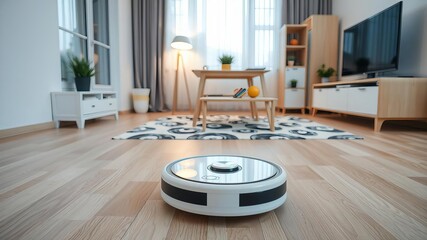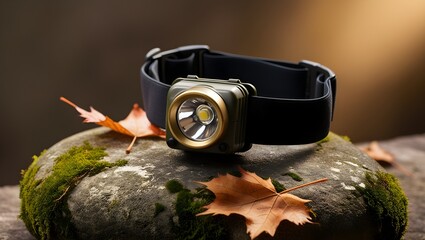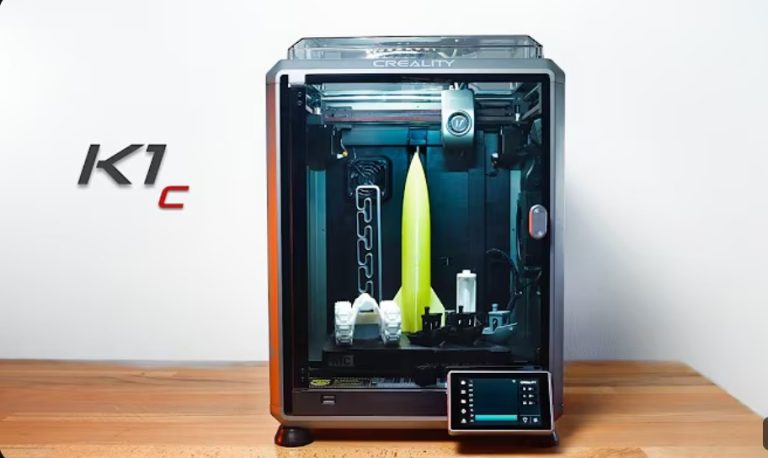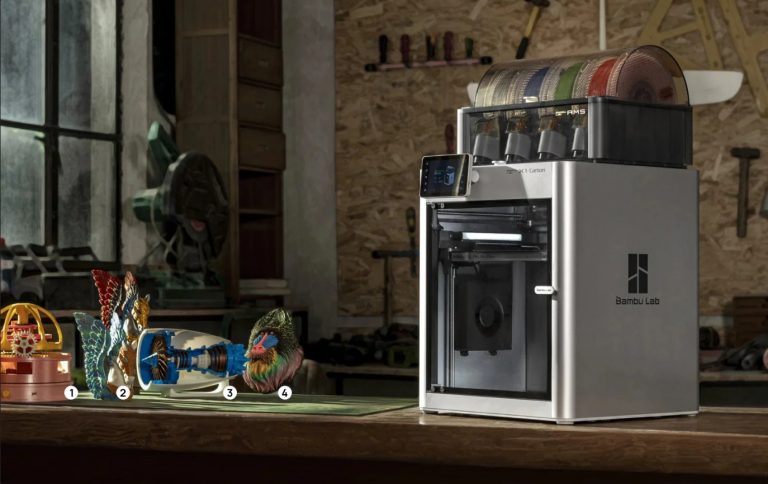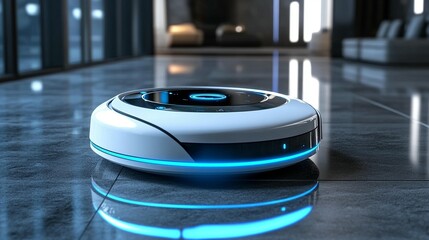
If you’ve ever watched your robot vacuum bang into your pet’s food bowl, get stuck under a sofa, or try to clean up your laundry pile, then you already know why no-go zones are a must-have feature. As smart home tech evolves, the ability to define virtual boundaries gives you precise control over where your robot cleans — and more importantly, where it doesn’t.
In this guide, we’ll show you exactly how to set up no-go zones with your robot vacuum. Whether you’re using a high-end mapping vacuum like a Roborock, Roomba, or Ecovacs, or a mid-range model with basic zoning features, we’ll cover everything you need to know to maximize performance and prevent frustrating mishaps.
Table of Contents
- What Are No-Go Zones in Robot Vacuums?
- Benefits of Using No-Go Zones
- Types of No-Go Zone Technologies
- How to Set Up No-Go Zones: Step-by-Step (By Brand)
- Common Use Cases for No-Go Zones
- Tips for Effective Zoning
- Limitations and Alternatives
- FAQs About Robot Vacuum No-Go Zones
- Final Thoughts
What Are No-Go Zones in Robot Vacuums?
A no-go zone (also known as a virtual barrier, restricted area, or cleaning exclusion zone) is a defined area within your home that your robot vacuum will avoid while cleaning. These are set through the mobile app using the vacuum’s mapping feature.
Some robot vacuums allow you to draw rectangular or custom-shaped zones directly on the digital floor plan. Others let you define entire rooms to exclude from cleaning sessions.
Common terms used across brands:
- Roomba: “Keep Out Zones”
- Roborock: “No-Go Zones” and “Invisible Walls”
- Ecovacs: “Virtual Boundaries”
- Eufy: “Virtual No-Go Zones”
Benefits of Using No-Go Zones
1. Protect Delicate or Cluttered Areas
Keep vacuums away from:
- Pet food bowls
- Charging cables
- Fragile decorations
- Open stairwells
2. Prevent Your Vacuum from Getting Stuck
Tight spaces or uneven floors can trap a robot. No-go zones avoid these trouble spots.
3. Improve Cleaning Efficiency
Guide your robot to prioritize high-traffic zones while avoiding areas that don’t need cleaning.
4. Child and Pet Safety
Keep the robot out of your baby’s play area or away from sleeping pets.
5. Cleaner, Safer Floors Without Supervision
You won’t need to pre-clean every time — zoning does the work for you.
Types of No-Go Zone Technologies
Robot vacuums use different technologies to map and respect no-go zones:
1. Lidar (Laser Mapping)
High-precision laser scans rooms in 360 degrees. Found in Roborock, Neato, Dreame.
- Very accurate mapping
- Great for drawing precise zones
2. Camera-Based Vision Mapping
Uses onboard cameras to recognize furniture and obstacles. Found in Roomba j7, Ecovacs T20.
- Detects wires, pet messes
- Can create AI-powered zones based on object recognition
3. Gyroscope-Based Navigation
Basic mapping using motion sensors. Found in budget models like Eufy RoboVac G30.
- Supports basic no-go zones
- Less accurate; zones may shift over time
4. Physical Magnetic Strips
Older or budget models use magnetic tape to create physical boundaries.
- Manual setup
- No app control or flexibility
How to Set Up No-Go Zones: Step-by-Step
Roborock (e.g., S8 Pro Ultra, Q7 Max)
- Open the Roborock app.
- Tap on the device > go to Map Settings.
- Select “Edit Map.”
- Tap “No-Go Zone” and drag a red rectangle where needed.
- Save and sync to apply.
You can also add “Invisible Walls” for linear boundaries.
iRobot Roomba (e.g., j7+, i7+, Combo j9)
- Open the iRobot Home app.
- Tap on your robot > “Smart Maps.”
- Choose the map and tap “Add Keep Out Zone.”
- Draw the zone and label it.
- Save your changes.
iRobot also supports object avoidance using AI for things like cords and pet waste.
Ecovacs Deebot (e.g., T20 Omni, X1 Omni)
- Launch the Ecovacs Home app.
- Go to Smart Cleaning > Map Management.
- Tap on “Virtual Boundary.”
- Add zones or lines to restrict areas.
- Name zones for easier access.
Dreame (e.g., L20 Ultra, Z10 Pro)
- Use the Mi Home or Dreamehome app.
- Go to “Manage Map.”
- Select “Add No-Go Zone.”
- Customize shape and size.
🔧 Eufy RoboVac (e.g., X8, G40)
- Use the Eufy Clean app.
- Go to the Map tab.
- Tap “Edit Zones.”
- Add No-Go areas or use virtual barriers.
If your model doesn’t support mapping, use the included boundary strips.
Common Use Cases for No-Go Zones
- Pet areas: Avoid food bowls, water spills, or litter boxes
- Children’s play areas: Avoid toys or areas with small parts
- Bathroom mats or fringe rugs: Prevent tangles
- Work-from-home setups: Skip cable-heavy desk areas
- Steps or open edges: Extra safety even with cliff sensors
- Seasonal zones: Like avoiding Christmas trees or fans
Tips for Effective Zoning
Run a Full Mapping Cycle First
Make sure the robot has accurately mapped the space before drawing zones.
Zoom in on High-Risk Areas
Smaller zones prevent accidents more precisely than large “off-limits” rectangles.
Use Labels and Room Names
Most apps let you name rooms or zones — helps when scheduling targeted cleanings.
Schedule Cleanings by Room
Combine no-go zones with room scheduling for focused cleaning (e.g., kitchen every morning, bedrooms every other day).
Update the Map After Moving Furniture
If you rearrange your layout, re-scan the area to update zones.
Limitations and Alternatives
Limitations:
- No-go zones may shift if your map becomes outdated.
- Low-end vacuums may not support zoning.
- Some apps are buggy or inconsistent.
Alternatives:
- Use magnetic strips for manual boundaries
- Close doors to unwanted rooms
- Add furniture bumpers or area rugs to act as soft barriers
- Use “no-mop zones” separately if your vacuum mops
FAQs About Robot Vacuum No-Go Zones
Q1: Can I set up different no-go zones for different floors?
Yes. Most multi-floor vacuums support multiple saved maps, each with its own zones.
Q2: What’s the difference between a no-go zone and a no-mop zone?
- No-go zone: The robot avoids the area completely
- No-mop zone: The robot vacuums but avoids mopping (useful for carpets)
Q3: Can my robot vacuum recognize pet messes?
High-end models like the Roomba j7+ use AI object recognition to avoid solid pet waste. Always verify your model supports this feature.
Q4: Why does my vacuum still enter the no-go zone?
Check if:
- The map is outdated
- The vacuum switched to a different cleaning mode
- The zone wasn’t saved properly
Q5: How many no-go zones can I create?
This varies by brand. Most allow 10–20 per map, but some premium models allow more.
Final Thoughts
Setting up no-go zones is one of the smartest ways to customize your cleaning routine. With a few taps on your phone, you can keep your robot vacuum away from the trouble spots, protect your valuables, and optimize cleaning time without any micromanagement.
Whether you’re a busy parent, a pet owner, or just someone tired of rescuing your robot from the same corner every day, no-go zones are a game-changer.
